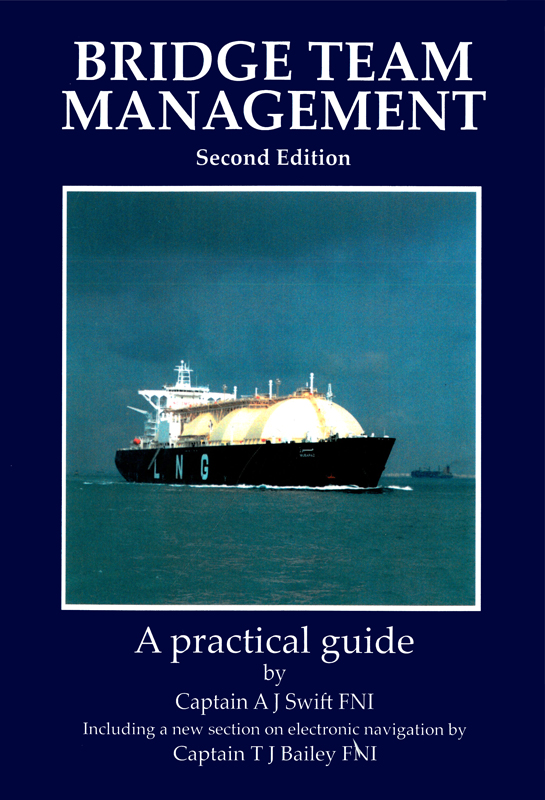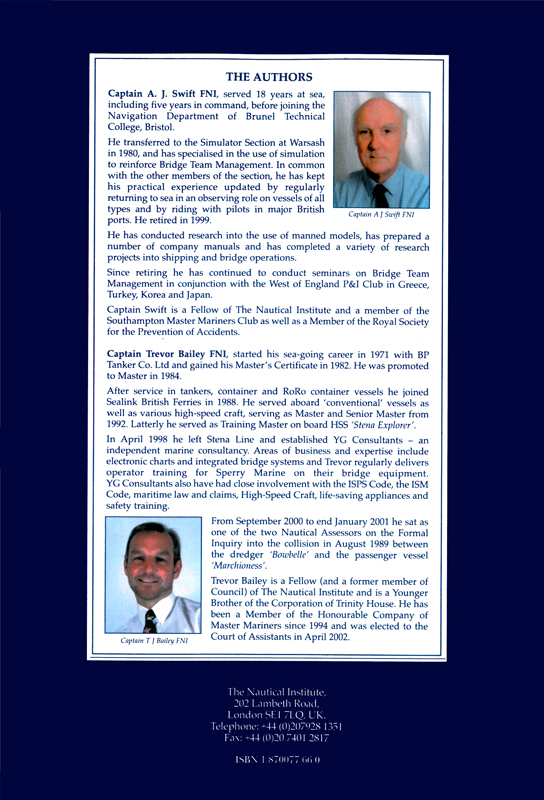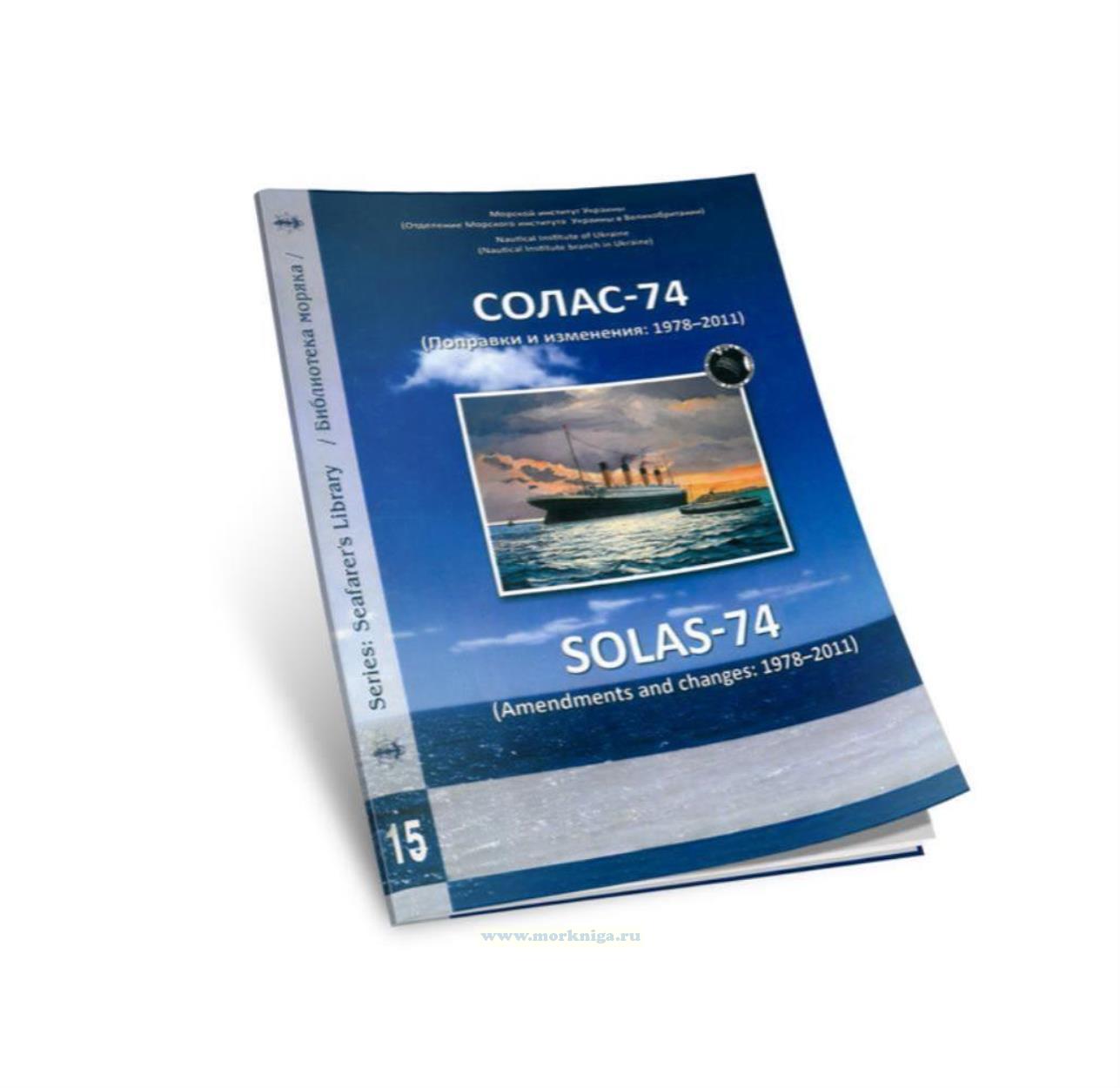Сб с 10 до 16
Bridge Team Management. Организация навигационной вахты (second edition)
Издание на английском языке
The book Bridge Team Management by Captain AJ Swift is used to reinforce the videos and is supplied with the series. Additional back up material entitled Bridge WaUhkeepingalso published by the Institute can be purchased seperately as part of the programme (see overleaf for details).
Parts 4-7 were produced with the support of The Danish Maritime Academy and carry their recommendations for Bridge Resourse Management.
Newly introduced is a package of five case studies on either video or CD ROM. The cases relate to collisions and near misses and the objective is to explore the mistakes,misunderstandings,inaccuracies and slip-ups that occur everyday, even amongst the best trained and competent watchkeepers.
Contents
Foreword
Preface
Acknowledgements
The Bridge Operations Programme
Contents
Chapter
1 Bridge Team Management
Introduction
Team Management:
Training and Coaching - Well Being - Morale
Error Chains:
Indications of Error Chain Development - Ambiguity - Distraction -Inadequacy and Confusion - Communications Breakdown - Improper Con or Lookout - Non Compliance with Passage Plan - Procedural Violation
Casualties and their Causes:
Lack of Double Watches - Insufficient Personnel - Calling the Master -Lookouts - Manning the Wheel - Autopilot Changeover - Reducing Speed
Groundings and their Causes:
Planned Track - Track Monitoring - Track Regain - Double Check Fixing -Visual Fixing - Echo Sounder - Light Identification - Decision Corroboration Safe Navigation - The Overview
2 Passage Appraisal
Sources of Information - Ocean Passages - Coastal Passages
3 Passage Planning
No-go Areas - Margins of Safety - Safe Water - Ocean Tracks - Coastal Track Chart Change - Distance Off - Deviation from Track - Under-keel Clearance Tidal Window - Stream Allowance - Course Alteration - Wheel Over -Parallel Indexing - ARPA Mapping - Waypoints - Aborts - Contingencies -Position Fixing - Primary and Secondary Fixing - Conspicuous Objects -Landfall Lights - Fix Frequency & Regularity - Additional Information -Reporting Points - Anchor Clearance - Pilot Boarding - Tug Engagement -Traffic Areas
Situational Awareness:
Transits - Compass Error - Leading Lines - Clearing Marks - Clearing Bearings
Range of Lights:
Geographical - Luminous - Nominal - landfall Lights - Extreme Range
Information:
Echo Sounder - Overcrowding -Planning Book - Conning Notes
Masters Approval:
Plan Changes - AIS
4 Executing the Passage/Voyage Plan
Tactics:
ETA for Tide - ETA for Daylight - Traffic Conditions - ETA at Destination -Tidal Stream & Current - Plan Modification
Additional Personnel:
Briefing - Fatigue
Prepartion for Voyage - of Bridge
5 Monitoring the Ship’s Progress
Fixing:
Method - Visual Bearings - Frequency - Regularity - EP - Soundings
Cross Track Error:
Time Management:
Lookout:
Observation:
Under-keel Clearance - Waypoints - Transits - Leading Lines - Natural Leading Lines - Clearing Marks & Bearings - Dipping Distances - Light Sectors GPS
6 Teamwork
Training and Coaching
Scenario
7 Navigating with a pilot on board
Planning - Master/Pilot Information Exchange - Responsibility - Monitoring
8 Navigating with integrated bridge and electronic chart systems (by Captain T. J. Bailey FNI)
Training requirements and recommendations - The ISM Code and training requirements - The need for type specific training - Requirements of Electronic Chart Display and Information Systems - Precautions for IBS operators - Typical IBS configurations with ECDIS - Electronic charts - ECDIS accuracy - Passage planning
ECDIS References and Publications
Definitions
Further reading
9 Guidance on keeping a navigational watch with reference to STCW95 Code Part В Chapter VIII Part 3-1 with commentary
10 IMO Resolution A 893(21) Passage Planning with commentary
Annex
I Watchkeeping arrangements and principles to be observed as defined in STCW’95 Code Section A-VIII/2
11 Upkeep of the chart outfit
Glossary of abbreviations and words
The Bridge Operations Programme
Index




 Показатели оценки работы речного грузового флота
Показатели оценки работы речного грузового флота  От астролябии к навигационным комплексам
От астролябии к навигационным комплексам  СОЛАС-74 (Поправки и изменения: 1978-2011). SOLAS-74 (Amendments and changes: 1978-2011)
СОЛАС-74 (Поправки и изменения: 1978-2011). SOLAS-74 (Amendments and changes: 1978-2011)